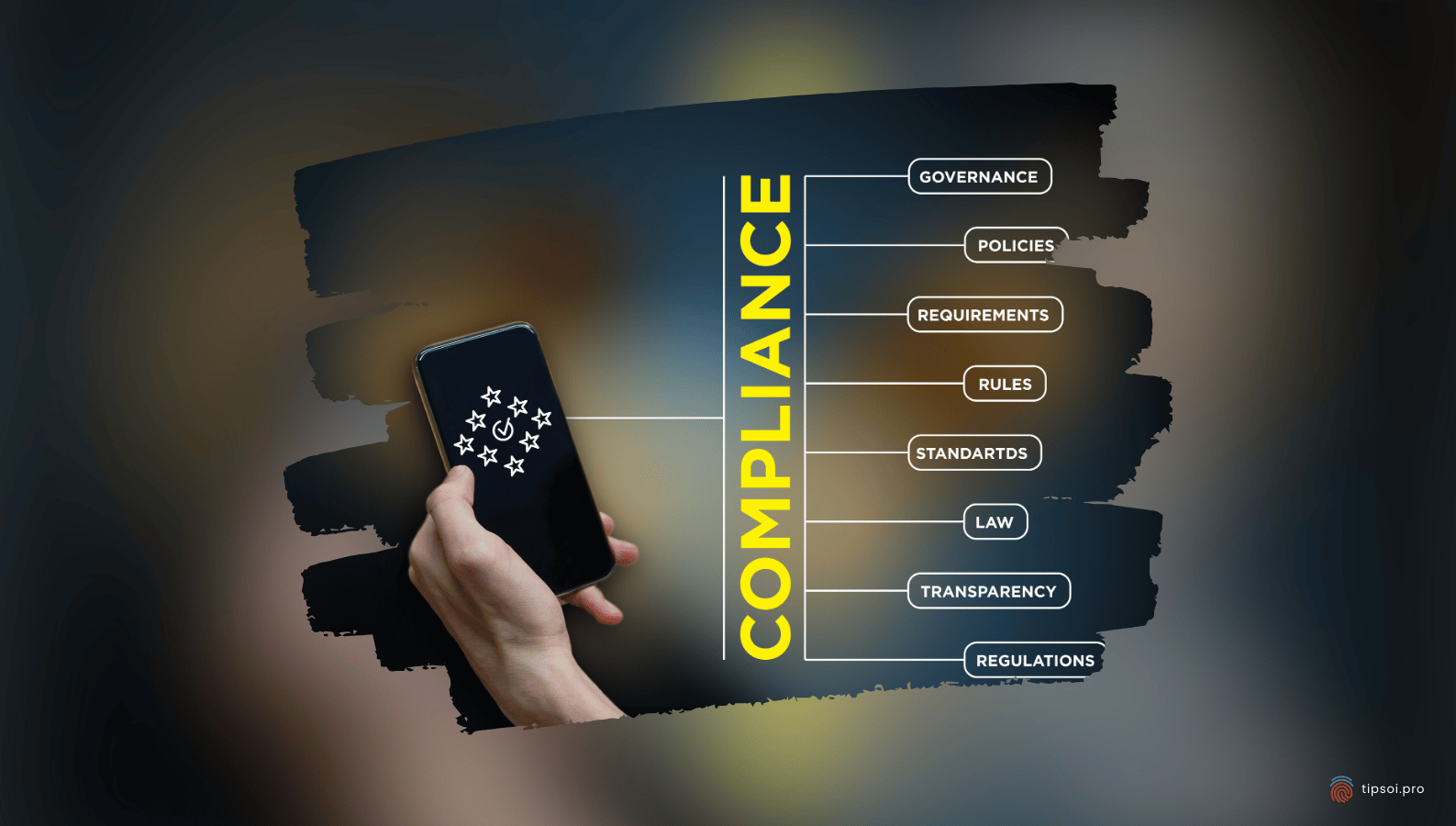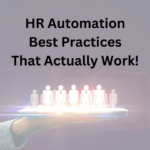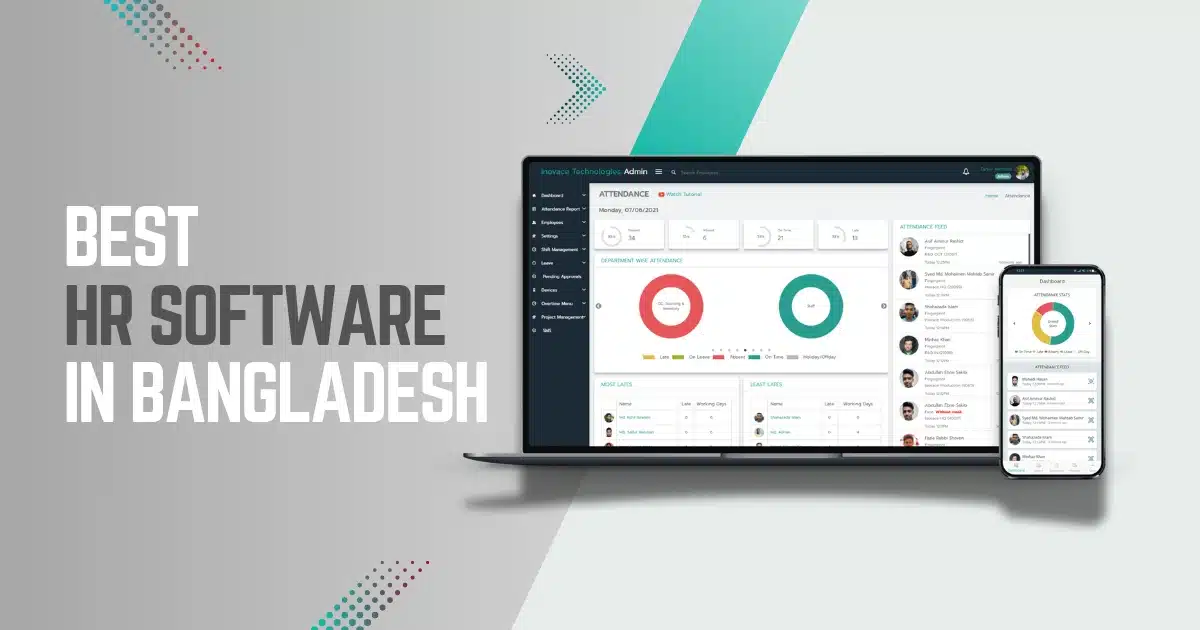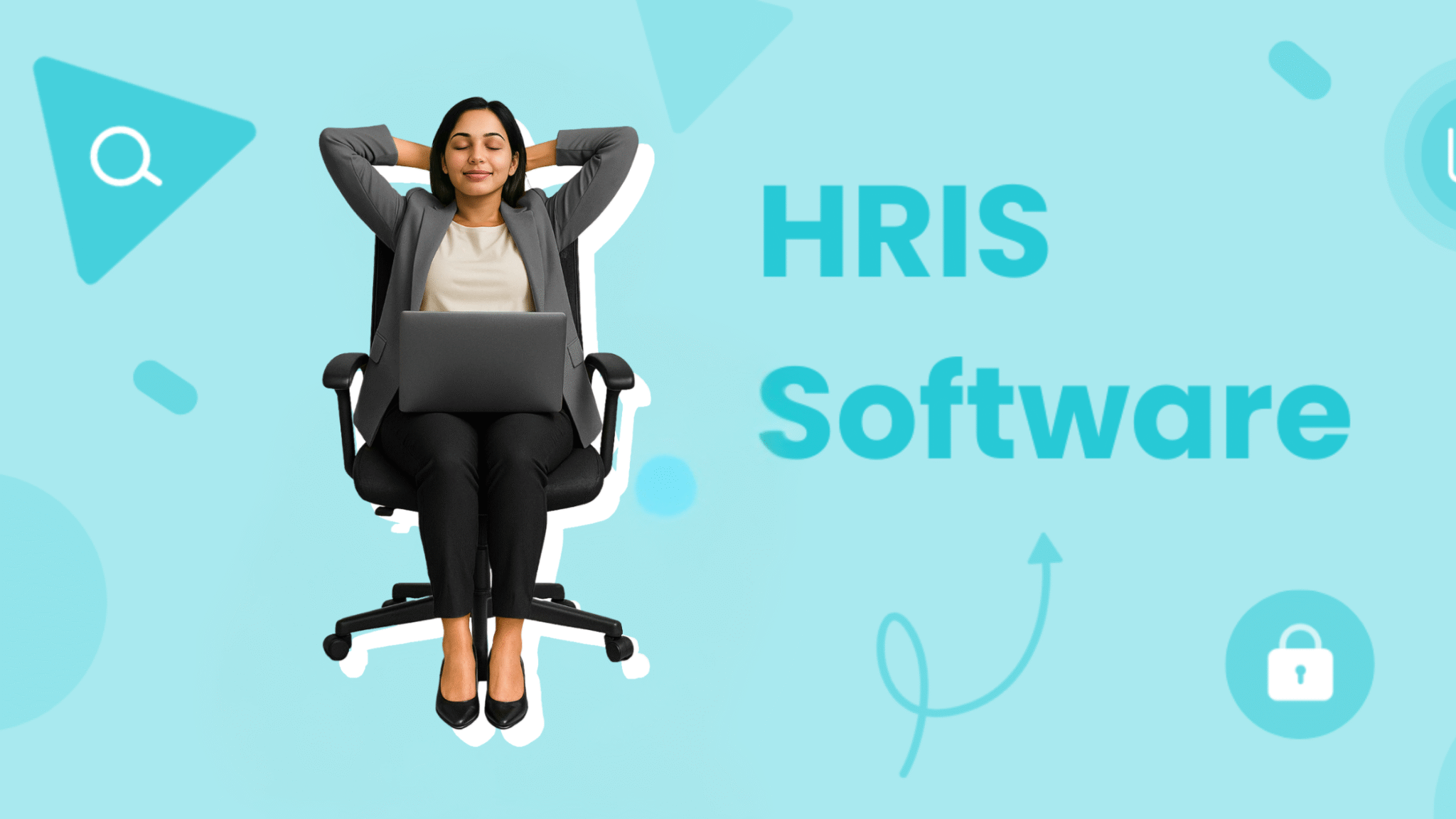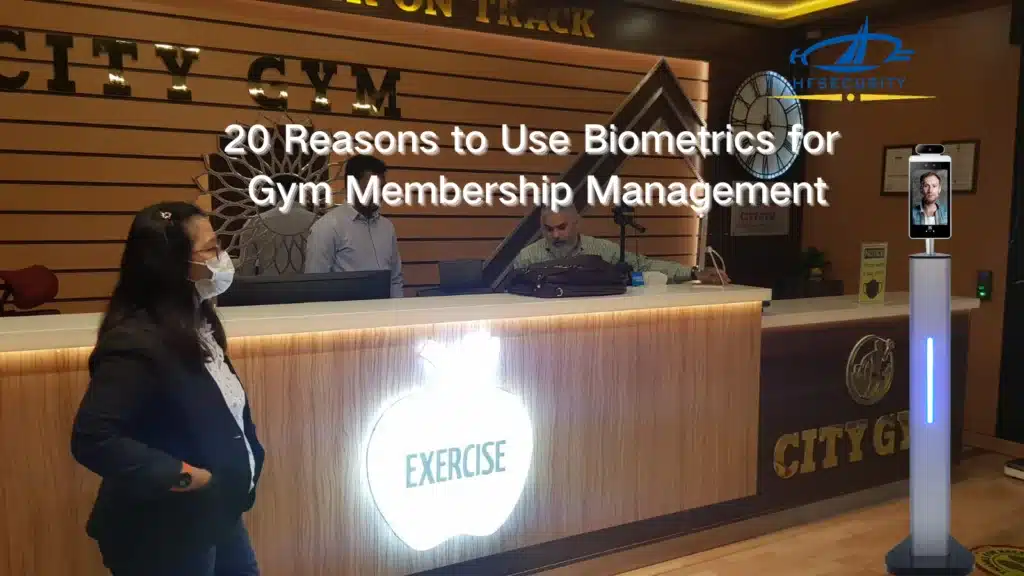Ever wondered how HR departments are keeping up with the digital age? HR automation is changing the game, especially in places like Bangladesh. It’s not just about making life easier for HR folks – it’s about staying on the right side of the law too.
HR automation can cut costs by up to 30% for HR pros and 49% for employers. But with great power comes great responsibility. As companies in Bangladesh jump on the automation bandwagon, they need to make sure they’re playing by the rules. That means following local laws, sticking to regulations, and keeping things ethical. But the real game-changer lies in understanding the delicate balance between HR Automation and Compliance, ensuring efficiency without compromising legal and ethical standards.
You might be thinking, “Sounds complicated!” Don’t worry – we’ve got you covered. We’re going to break down the legal stuff, talk about ethics, and show you how to automate your HR without stepping on any toes. Ready to make your HR processes smoother and smarter? Let’s dive in!
Key Takeaways
- HR automation can boost efficiency and cut costs but must comply with local laws and regulations.
- Ethical considerations are crucial when implementing HR automation systems.
- Learning from real-world examples can help you implement HR automation successfully and compliantly.
How to Build a Data-Driven HR Department with Automation
Chapter 1: The Legal Landscape of HR Automation in Bangladesh
Navigating the complexities of HR Automation and Compliance in Bangladesh requires a deep understanding of local labor laws and data protection regulations. HR automation in Bangladesh is shaped by labor laws, data protection regulations, and compliance requirements. These factors create a complex legal environment that companies must navigate carefully.
Overview of Relevant Labor Laws in Bangladesh
The Bangladesh Labor Act, of 2006 is the main law governing employment in the country. It covers things like working hours, leave, and pay. The Bangladesh Employment Rules, 2015 add more details to this law.
Key points you need to know:
- Workers can’t work more than 8 hours a day
- Overtime pay must be double the regular rate
- Workers get one day off per week
- Annual leave is 1 day for every 18 days worked
These laws apply to most industries, but there are some exceptions. Make sure you know which rules affect your business.
Impact of Automation on Compliance
Automation can help you follow labor laws better. For example, it can:
- Track work hours accurately
- Calculate overtime pay without mistakes
- Manage leave requests fairly
- Keep good records for inspections
But be careful! Automation can also create new risks if not set up right. You might accidentally break rules about:
- Rest breaks
- Maximum work hours
- Notice periods for shifts
Always double-check that your automated systems follow all the laws.
Legal Requirements for Data Protection and Privacy
The Bangladesh Digital Security Act, 2018 is the main law about data protection. It’s pretty new, so the rules are still evolving. Here’s what you need to know:
- Get permission before collecting personal data
- Keep employee data safe from hacks or leaks
- Don’t share data without the person’s okay
- Let people see and correct their own data
Your HR software needs strong security to protect this info. Make sure it meets all legal standards.
Potential Legal Risks of Non-Compliance
Not following these laws can get you in big trouble. You might face:
- Fines from the government
- Lawsuits from employees
- Damage to your company’s reputation
Common mistakes include:
- Underpaying overtime
- Not giving enough leave
- Misusing personal data
- Keeping poor records
10 Benefits of HR Automation: With Real-Life Examples
Chapter 2: Ethical Considerations in HR Automation
Beyond legal compliance, the intersection of HR Automation and Compliance also raises crucial ethical questions about fairness, transparency, and responsible AI usage. AI and automation in HR bring up important ethical questions. You need to think about fairness, transparency, and doing the right thing when using these new tools.
Ethical Implications of AI and Automation in Decision-Making
When you use AI for hiring or firing, you’re dealing with people’s lives. AI can help you process lots of resumes quickly. But it might miss great candidates who don’t fit a narrow mold.
For performance reviews, AI could spot patterns humans miss. Yet it may not grasp the full context of someone’s work.
Letting AI make final calls on who to fire is risky. A computer doesn’t understand personal circumstances or loyalty.
It’s crucial to keep humans in the loop. Use AI as a helper, not the boss.
Concerns About Bias, Discrimination, and Fairness
AI can pick up on hidden biases in your data. If you’ve mostly hired men before, the AI might favor male candidates unfairly.
You need to check your AI for bias regularly. Also, look for patterns that might discriminate against protected groups.
In addition, be extra careful with data about race, gender, age, or disability. Because these can lead to unfair results if not handled properly.
Consider using “blind” reviews where possible. Hide names and personal info to focus on skills and experience.
Importance of Transparency and Explainability
You can’t just say “The computer decided.” People deserve to know why they were hired or passed over.
Make sure you can explain how your AI makes choices. If you can’t, it might be too complex to use safely.
Be open about using AI in your HR processes. Let candidates and employees know when and how it’s used.
Offer ways for people to challenge AI decisions. Have a human review process in place.
Ethical Responsibility of HR Professionals
As an HR pro, you’re the guardian of fairness at work. Naturally, it’s up to you to use AI and automation responsibly.
Stay updated on AI ethics in HR. So that, know the risks and best practices.
During, push back if you see AI being used in ways that could hurt people. Your role is to protect both the company and its workers.
Besides, set clear rules for AI use in HR. Make sure everyone understands the ethical guidelines.
Furthermore, train your team on AI ethics. They should know how to spot and fix problems.
Remember, your job is about people. Use tech to help, not replace, your human judgment.
Challenges of HR Automation: A Guide for HR Leaders in Bangladesh
Chapter 3: Best Practices for Compliant HR Automation
Implementing HR Automation and Compliance successfully involves a multi-pronged approach, encompassing careful software selection, regular audits, and collaboration with legal experts. Meanwhile, let’s explore key practices to keep your automated HR systems on the right side of the law.
Checklist for Ensuring Compliance
To stay compliant, use this handy checklist:
- Review local labor laws regularly
- Encrypt sensitive employee data
- Get consent for data collection
- Implement strict access controls
- Keep detailed audit trails
- Update privacy policies
- Train staff on data handling
In the meantime, don’t forget to check data retention periods and delete outdated info. In any case, make sure your automated systems can handle different leave types and overtime calculations correctly.
Choosing HR Automation Software
When picking HR software, look for these features:
- Built-in compliance tools
- Regular updates to match law changes
- Data encryption at rest and in transit
- Customizable access levels
- Audit trail capabilities
Pick a seller that knows the rules in your area. Besides, ask them about their history of following the rules. Lastly, use real-life situations to test the program and make sure it works for you.
Employee self-service options can boost compliance by giving staff control over their data. But make sure the system has safeguards to prevent unauthorized changes.
Importance of Regular Audits and Reviews
Set up a schedule for compliance checks. Do this at least twice a year. Look at:
- Data access logs
- Employee complaint records
- Changes in local laws
- System update history
Utilize automated tools to detect any discrepancies. In addition to software, it is crucial to have HR professionals evaluate processes. Resolve any problems that you encounter immediately.
Keep records of your audits. This shows you’re actively working on compliance if questions come up later.
Involving Legal and Compliance Experts
Bring in the pros early. Legal experts can:
- Review your automation plans
- Spot potential compliance issues
- Help create compliant workflows
- Train your team on legal requirements
In addition, work with them to create a compliance roadmap. This should cover current needs and future changes.
To be sure, don’t forget about IT security experts. They can help protect sensitive HR data from breaches.
Check out the guide on choosing the right HR automation software for your Bangladesh business
Chapter 4: Case Studies of HR Automation and Compliance
The success stories of Bangladeshi companies demonstrate the powerful impact of HR Automation and Compliance when implemented thoughtfully. HR automation has transformed how companies manage their workforce while staying compliant. Let’s look at some real-world examples from Bangladesh and the strategies that led to their success.
Examples of Successful Implementations
Several Bangladeshi companies have embraced HR automation with great results. In this case, a large textile manufacturer in Dhaka automated their employee onboarding process, cutting the time from 2 weeks to just 3 days. They used digital forms and automated background checks to speed things up.
Another success story comes from a tech startup in Chittagong. Accordingly, they implemented an AI-powered recruiting system that screened resumes and scheduled interviews automatically. In effect, this reduced their hiring time by 40% and improved the quality of candidates.
A major bank in Bangladesh automated its leave management system. Therefore, employees now request time off through an app, and approvals happen much faster.
Strategies for Ensuring Compliance
To stay compliant, these companies followed some key strategies:
- Regular audits of automated systems
- Partnering with legal experts to review processes
- Training HR staff on new technologies and compliance rules
- Using software with built-in compliance checks
Positive Outcomes Achieved
The benefits of compliant HR automation were significant:
- Reduced legal risks: Fewer mistakes in payroll and benefits calculations
- Improved employee trust: Faster, more accurate HR services
- Enhanced brand reputation: Known as modern, efficient employers
How to Choose the Right HR Automation Software: 6 Simple Steps
One company saw employee satisfaction scores jump by 25% after automating their HR processes. Workers loved the quicker response times and 24/7 access to information.
Another firm saved 5,000 hours of work annually by automating routine HR tasks. This freed up their team to focus on strategic projects and employee development.
Compliance improved too. A large retailer reduced audit findings by 80% after implementing automated compliance checks in their HR system. Thus, by combining HR Automation with Compliance, you can boost productivity, protect your company’s reputation, and build employee trust.
HR Automation & Compliance with Tipsoi
Tipsoi
Cloud-Based HR Automation System (Customizable According To Your Need)
➲ All-in-One HR Help:
Fingerprint, RFID, face recognition? Yeah, we’ve got those, all synced up with our web and mobile apps. Attendance, shifts, leave, expenses, payroll, benefits, loans… consider it handled.
➲ World Domination (HR Edition):
Multiple offices? Remote teams? No problem. Our central monitoring puts you in the driver’s seat, giving you real-time insights into your entire workforce, no matter where they are.
➲ Mobile Punch, No Excuses:
Got employees out in the field? Let ’em clock in and out on their phones. We’ll even use Google Maps and a selfie to make sure they’re not sneaking off for a beach day. Our mobile punch feature, complete with GPS and image verification, gives your employees the freedom and flexibility they crave, while still ensuring accountability.
➲ Shift Management: Perfected
Create and manage shifts with a few clicks. No more schedule conflicts, no more confusion. Just pure, streamlined efficiency. With Tipsoi it’s easy to set up and monitor different work shifts and make sure people are working when they’re supposed to.
➲ Employee Data: Organized, Accessible, & (Dare We Say) Enjoyable:
No more digging through piles of paperwork. All your employee information is stored securely in the cloud, accessible anytime, anywhere. It’s like having your own personal HR assistant, always at your service.
➲ Versatility and Scalability:
From Fortune 500 companies to local startups, Tipsoi’s got the flexibility to handle it all. We scale with you, adapt to your needs, and empower your HR team to conquer any challenge. Whether you’re a small startup or a global enterprise, Tipsoi is designed to grow and adapt with you. We’re flexible, scalable, and always ready to support your unique HR needs. Global giants, local schools, everyone’s using Tipsoi. We’re adaptable, scalable, and ready to take on your HR challenges.
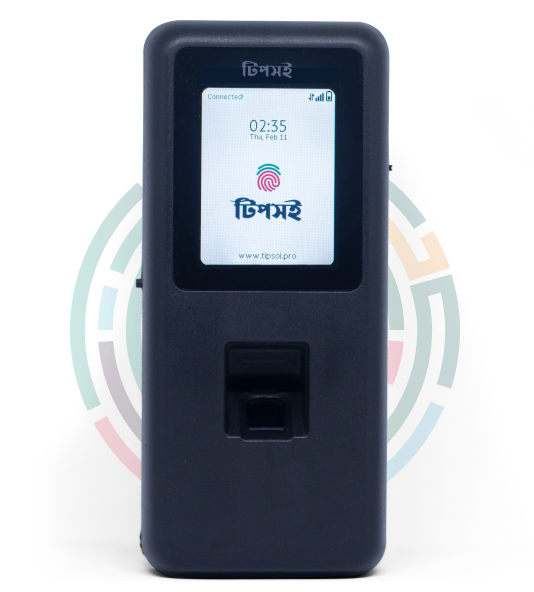
Biometric Authentication Device by Tipsoi
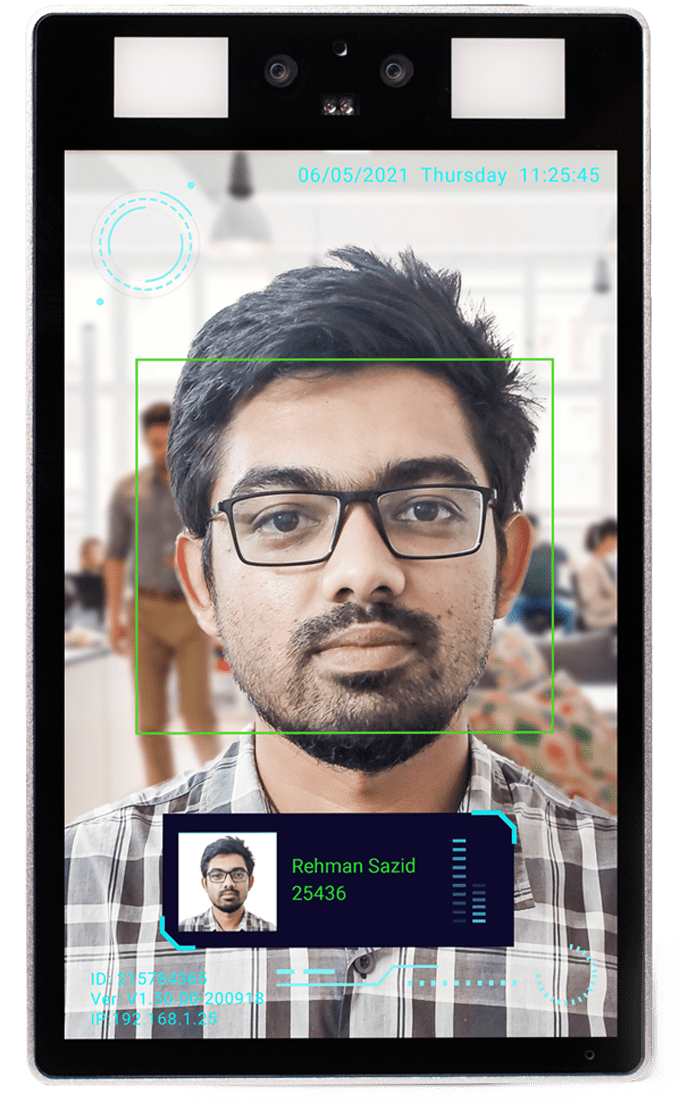
Tipsoi Fastface
Smart Attendance Solution
Inovace Technologies has introduced Tipsoi Fastface, an intelligent
Facial recognition-based device has four different options for you to choose from:
Tipsoi is a cloud-based HR platform that can be accessed from anywhere in the world. It is also customizable and affordable.
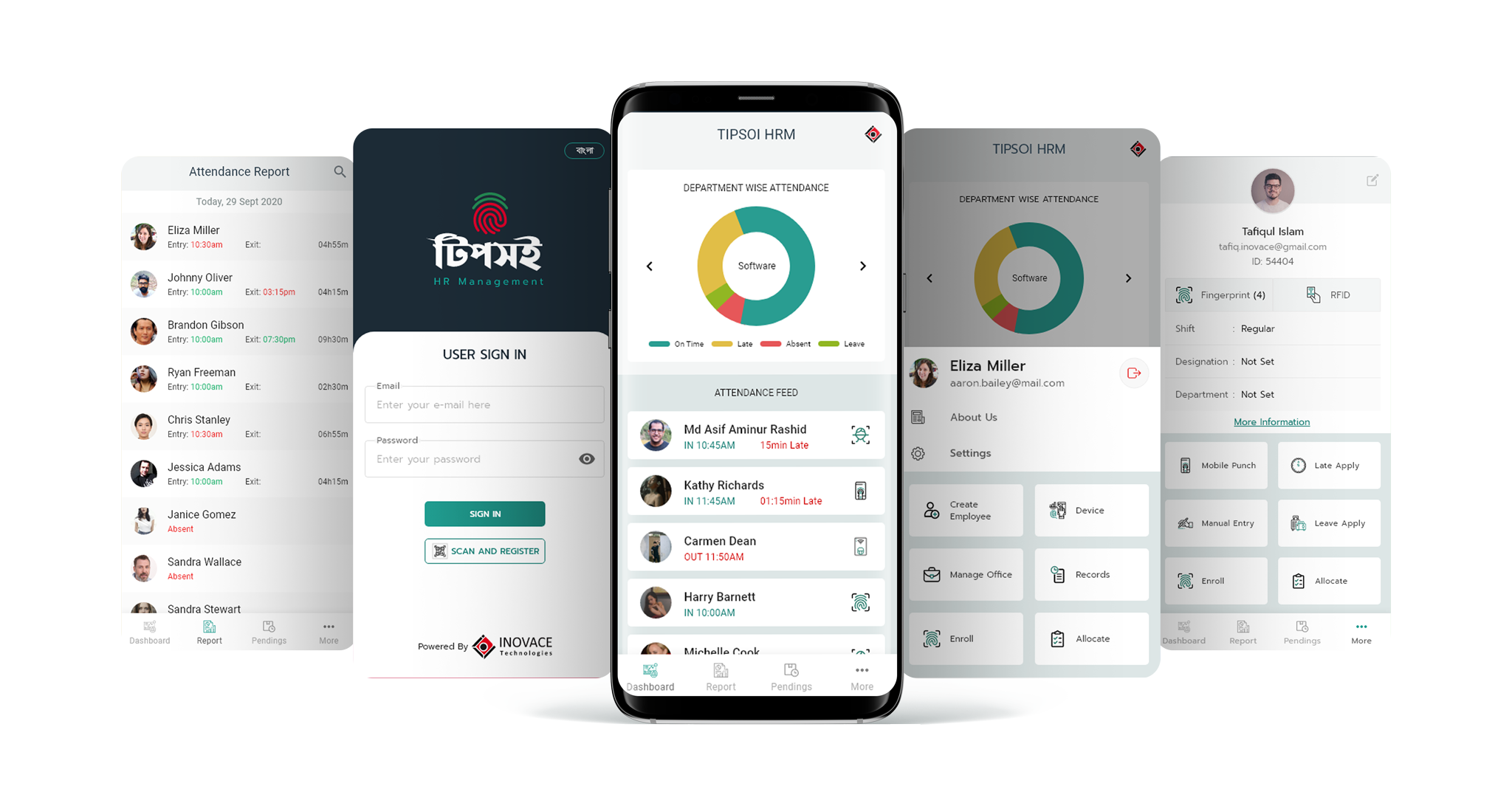
Here are some additional benefits of using Tipsoi:
- Improved security: Tipsoi uses state-of-the-art security measures to protect your data.
- Increased efficiency: Tipsoi can help you automate many HR tasks, saving you time and money.
- Improved accuracy: Tipsoi can help you track employee attendance and other data more accurately.
- Better reporting: Tipsoi can help you generate reports on employee activity, which can help you make better decisions about your workforce.
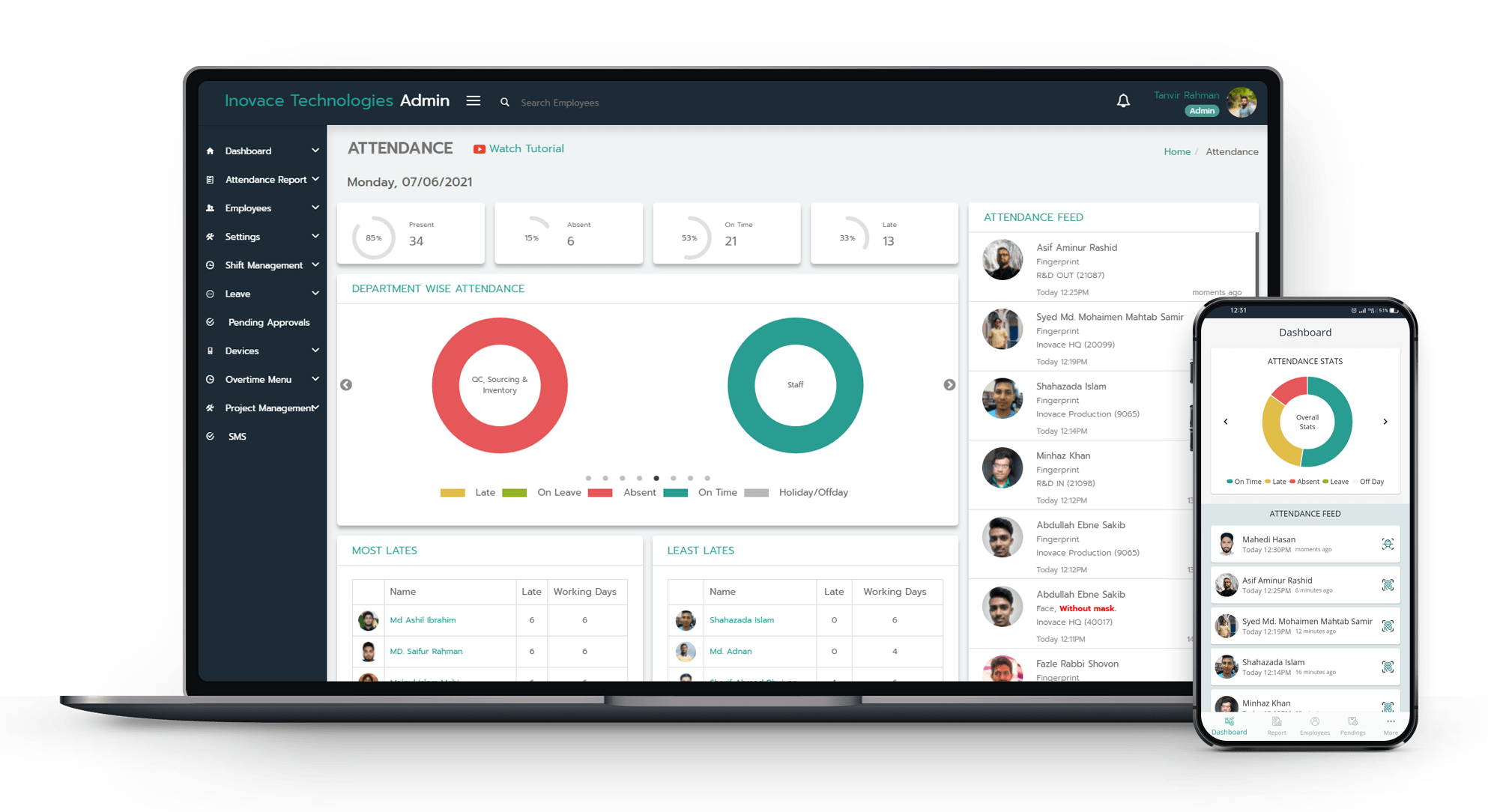
The Bottom Line: Tipsoi is the HR tech you didn’t know you needed (but definitely do). We’re the solution you’ve been waiting for – powerful, intuitive, and ready to take your HR game to the next level.
Frequently Asked Questions
HR automation streamlines onboarding by handling paperwork digitally. You can set up automated welcome emails and task checklists for new hires.
This saves time and ensures nothing gets missed. For instance, new employees can complete forms online before their first day.
Keep your systems updated with the latest laws and regulations. Set up automated checks and alerts for things like work hour limits or required training.
Make sure your data is secure and only accessible to authorized staff. Regular audits help catch any issues early.
Look for all-in-one platforms that handle multiple HR tasks. Notably, popular options include Tipsoi. BambooHR, Gusto, and Zenefits.
That is to say, these tools often offer features like time tracking, benefits management, and payroll. Pick one that fits your budget and specific needs.
Compliance software tracks employee data and flags potential issues. It can monitor things like overtime, leave balances, and required certifications.
You get alerts when action is needed. This helps avoid costly mistakes and keeps you on top of changing regulations.
Automated self-service tools let employees easily update their info and manage time off. This gives them more control and faster responses.
Thus, quick, accurate paychecks and benefits info also boost satisfaction. Automation frees up HR to focus on employee growth and solving complex issues.

